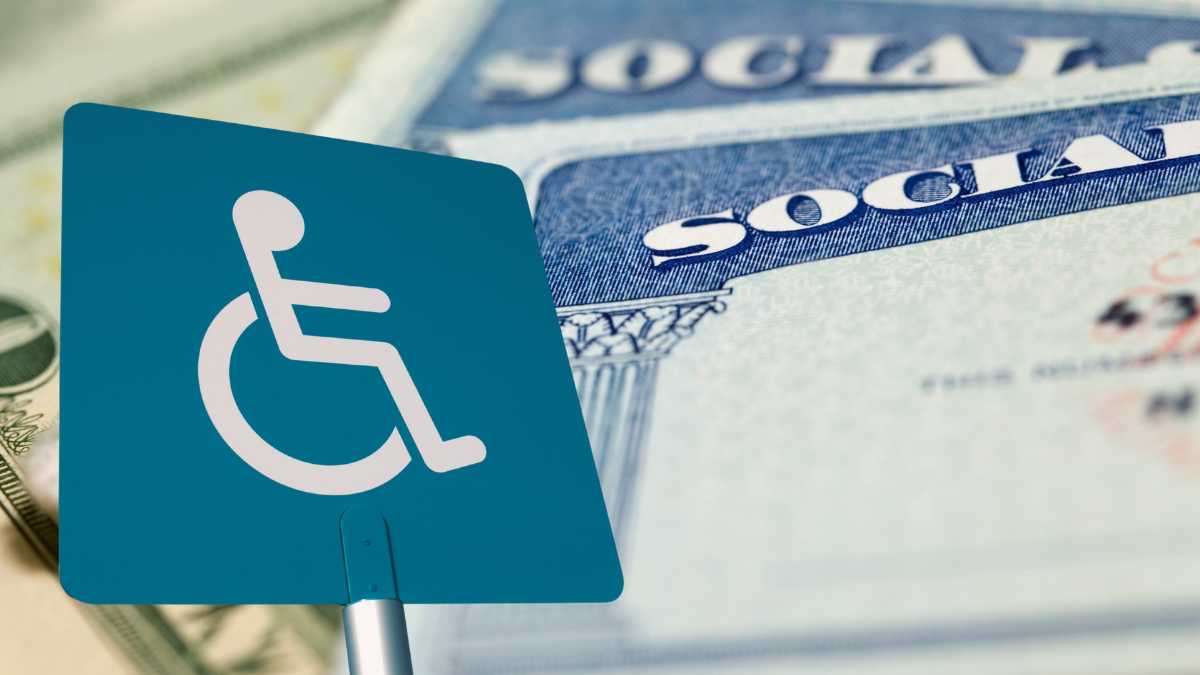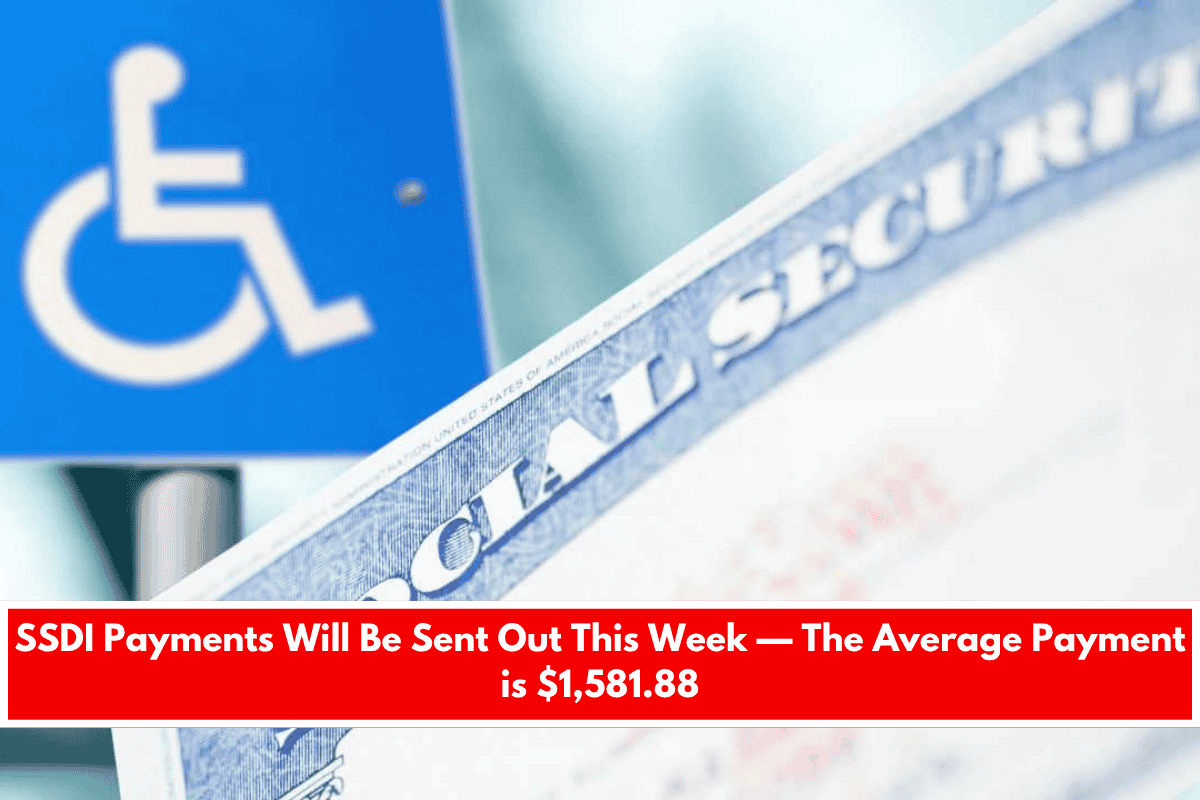The Social Security Administration (SSA) has set the distribution dates for SSDI (Social Security Disability Insurance) payments for June 2025, helping beneficiaries plan for their financial needs. SSDI is a critical program for disabled workers, offering financial support based on work history and disability status.
SSDI Payment Schedule for June 2025
The SSA distributes SSDI payments based on the beneficiary’s birthdate. The exact payment date is determined by the day of the month on which a person’s birthday falls. Payments are made on specific Wednesdays throughout the month:
- Wednesday, June 11, 2025: For beneficiaries born between the 1st and 10th of any month. This is the second Wednesday of the month.
- Wednesday, June 18, 2025: For beneficiaries born between the 11th and 20th. This payment will occur in the third week of June.
- Wednesday, June 25, 2025: For beneficiaries born between the 21st and 31st. This will be the fourth Wednesday of the month.
For individuals who began receiving SSDI benefits before May 1997, the payments are issued on the third day of each month.
SSDI Payment Amounts in June 2025
The average SSDI payment in 2025 is $1,581.88 per month. This amount represents the typical payment for most beneficiaries. However, some individuals receive a higher amount, depending on their work history and contributions to Social Security.
The maximum SSDI payment in 2025 is $4,018. This amount is typically only available to those with high earnings and significant contributions to the Social Security system over their working years. Fewer than 4% of all SSDI beneficiaries receive this maximum benefit, but it serves as a reminder of the potential for higher benefits based on a person’s work history.

SSDI Eligibility Requirements in 2025
To qualify for SSDI benefits, applicants must meet two essential requirements:
- Sufficient Work History: Applicants must have a certain number of “work credits” based on their previous employment. The number of credits needed depends on the age of the individual at the time of disability. Typically, individuals must have worked for at least 5 of the last 10 years before becoming disabled.
- Qualifying Disability: The individual must have a medical condition that meets the SSA’s definition of disability. This condition must prevent them from working and be expected to last at least 12 months or result in death. Temporary conditions or partial disabilities do not qualify for SSDI benefits.
Additionally, applicants’ income cannot exceed the Substantial Gainful Activity (SGA) threshold. For 2025, the SGA threshold is adjusted annually for inflation. If an individual is earning above this threshold, they are not eligible for SSDI benefits, regardless of their medical condition.
To be eligible, the disability must be well-documented by licensed medical professionals with objective evidence. Conditions that are related to temporary unemployment or are not documented through medical testing do not meet the requirements for SSDI.
Special Note About Supplemental Security Income (SSI)
SSI recipients receive their benefits differently from SSDI beneficiaries. In June 2025, SSI recipients received their June payments in advance on May 30, 2025.
This early payment compensates for the usual first-day-of-the-month distribution being delayed by weekends and holidays. The SSI payment schedule is not directly linked to SSDI, as both programs follow separate processes.











Leave a Reply